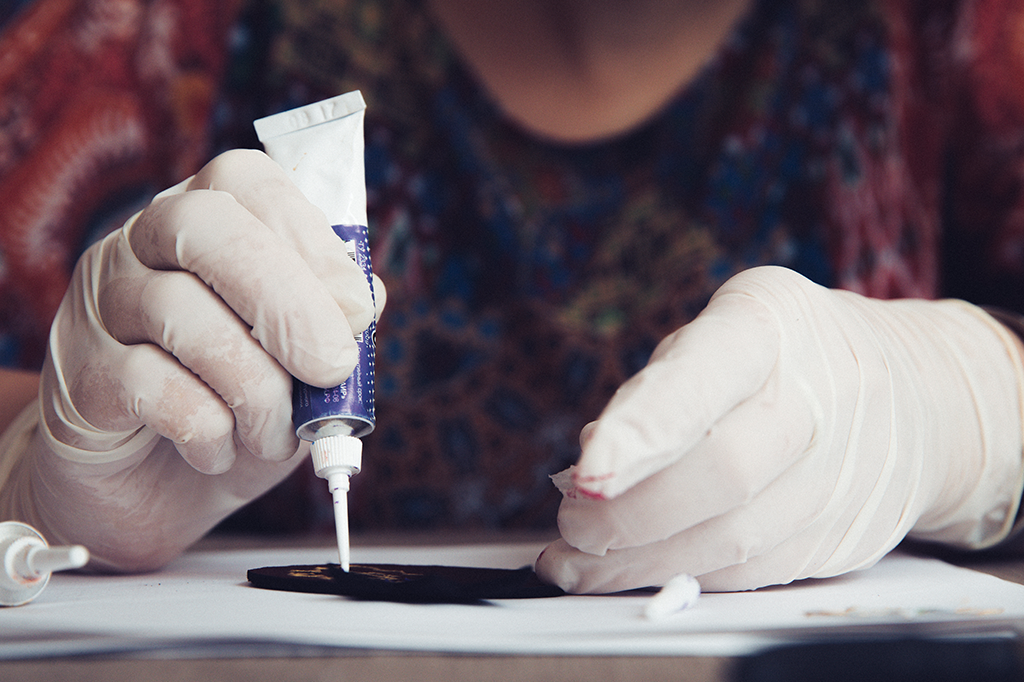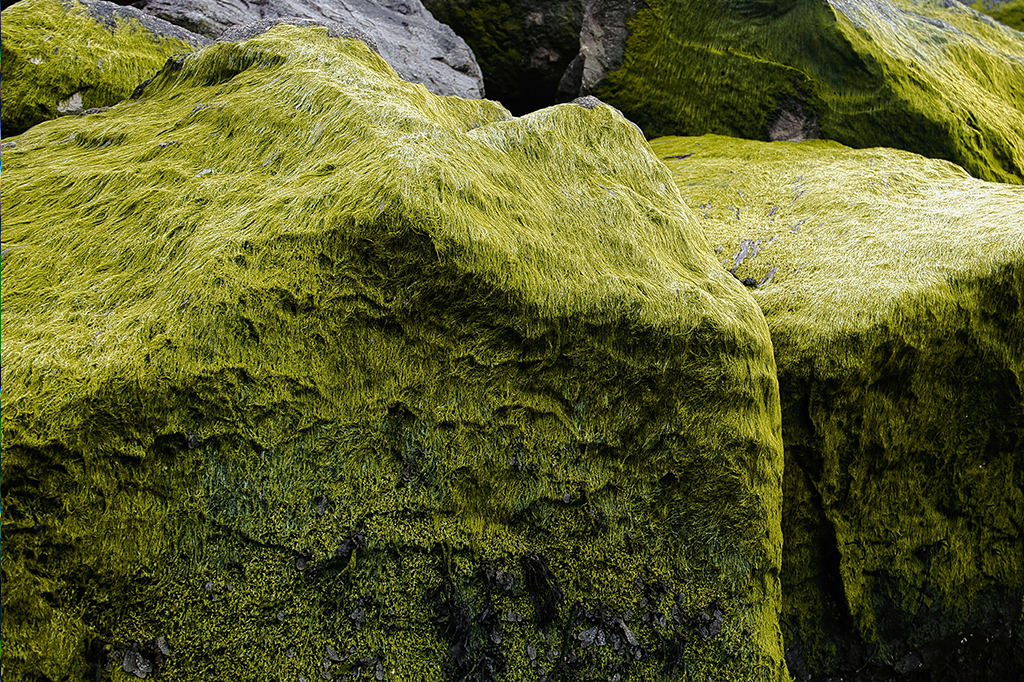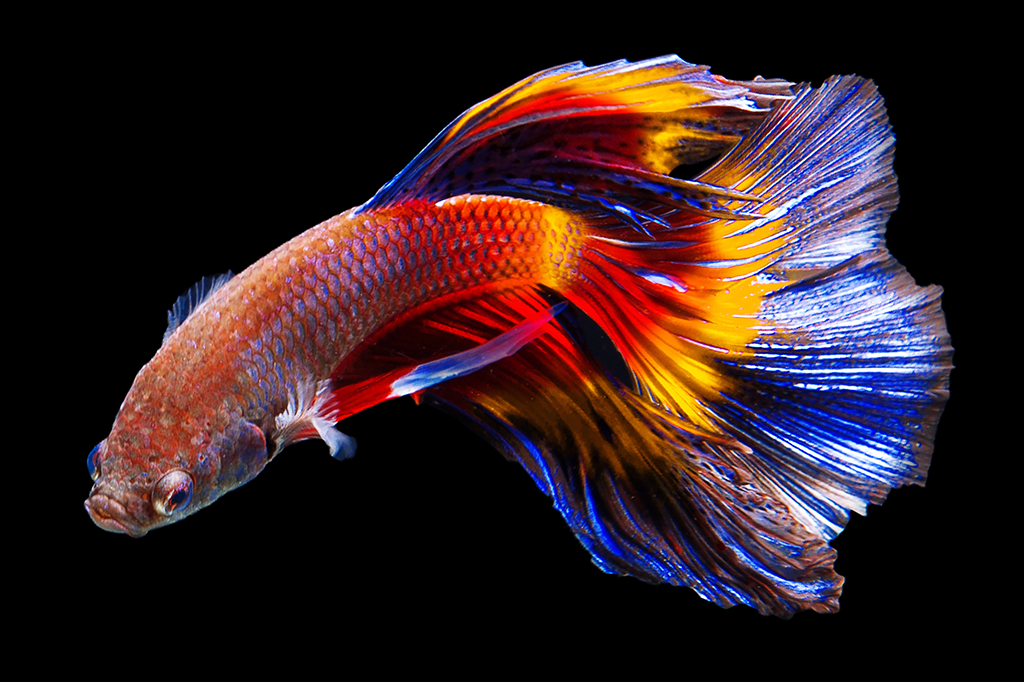Introduction
Aquascaping is more than just arranging plants and rocks in an aquarium. It’s an art form that allows you to create captivating underwater scenes, mimicking natural habitats. Whether you’re a seasoned aquascaper or a beginner, understanding how to securely attach wood and rock is essential for both aesthetics and stability. In this blog post, we’ll explore various methods to glue wood and rock in your aquascape.
1. Super Glue (Cyanoacrylate Gel)
Super glue, specifically the gel-based cyanoacrylate variety, is a go-to adhesive for aquascapers. Here’s how to use it:
- Application:
- Apply a small amount of cyanoacrylate gel to the surfaces you want to join.
- Press the wood or rock pieces together and hold them in place for a minute or two.
- For faster bonding, use an accelerator spray.
- Pros:
- Quick and easy to use.
- Creates a strong bond.
- Safe for aquariums.
- Cons:
- Not ideal for large or heavy rocks.

Our glue is completely harmless to your fish, water plant, coral.
2. Epoxy Putty
Epoxy putty is a versatile two-part adhesive that hardens when mixed. It’s excellent for securing larger rocks and creating stable structures:
- Application:
- Knead equal parts of the epoxy putty until well-mixed.
- Apply it to the surfaces you want to bond.
- Press the pieces together and shape the putty as desired.
- Pros:
- Strong and durable.
- Allows for shaping and sculpting.
- Ideal for larger hardscape elements.
- Cons:
- Longer curing time compared to super glue.

A hand mixable two part epoxy putty stick, that can cure under water
3. Silicone Sealant
Aquarium-safe silicone sealant is commonly used for attaching wood to rocks or glass. Here’s how to use it:
- Application:
- Apply a thin layer of silicone to one surface (wood or rock).
- Press the pieces together.
- Allow the silicone to cure completely (usually 24 hours).
- Pros:
- Flexible and forgiving.
- Good for wood-root attachments.
- Removable if needed.
- Cons:
- Longer curing time.
- Not suitable for load-bearing connections

100% Clear, Solvent Free High Elasticity, Safe for Fresh and Saltwater, Rapid Curing Transparent
4. Cigarette Filter Method
This unconventional method uses cigarette filters soaked in liquid super glue (also works with paper towels or make up cotton):
- Application:
- Cut a cigarette filter into small pieces.
- Dip them in super glue.
- Insert the glue-soaked filter pieces between rocks or wood.
- Press the pieces together.
- Pros:
- Economical and effective.
- Provides additional stability.
- Works well for irregular surfaces.
- Cons:
- Requires patience during assembly.

1 Bag – 200 filters per Bag
5. Marco Cement
Marco cement is a specialized aquarium adhesive that hardens underwater. It’s perfect for large rock formations:
- Application:
- Mix the cement according to instructions.
- Apply it to the surfaces you want to bond.
- Press the pieces together.
- Allow it to cure underwater.
- Pros:
- Extremely strong.
- Ideal for permanent structures.
- Bonds well even when submerged.
- Cons:
- Limited flexibility once cured.

Can be used in or out of water
Safe for fish, corals, and other invertebrates





Leave a Reply